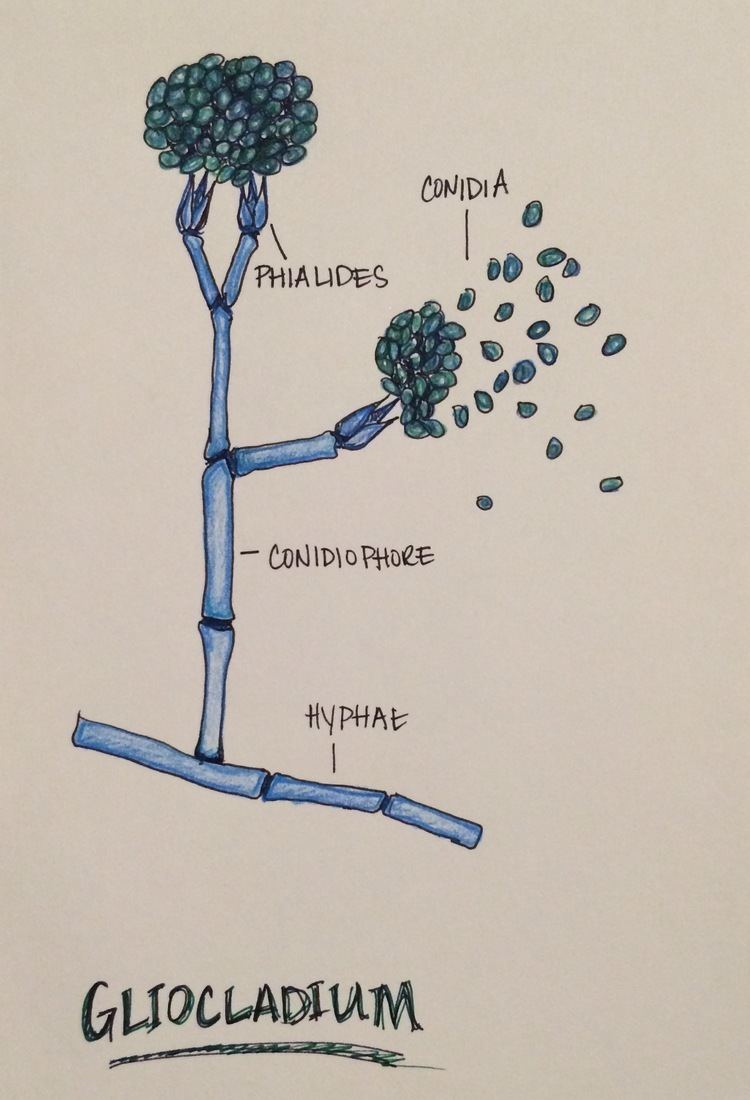Subdivision Pezizomycotina Rank Genus | ||
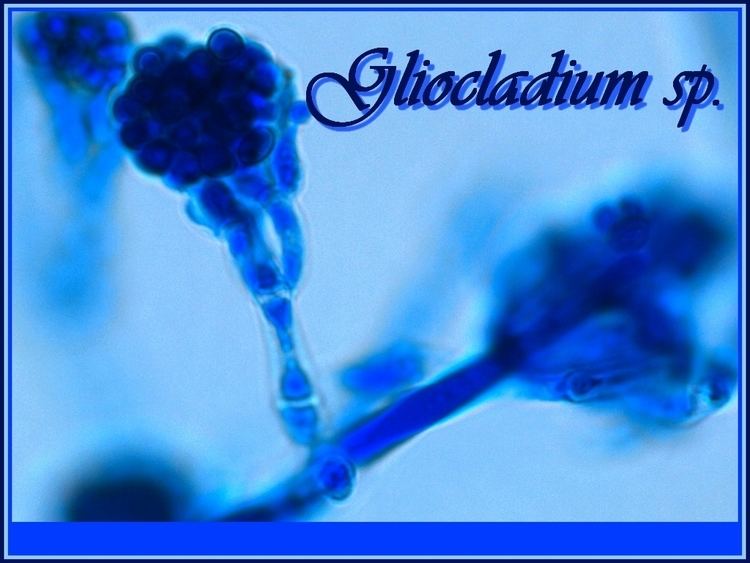 | ||
Similar Trichoderma, Trichoderma harzianum, Trichoderma viride, Rhizoctonia, Chaetomium | ||
Gliocladium sp
Gliocladium is an asexual fungal genus in the Hypocreaceae. Commonly occurring species include: Gliocladium penicilloides, Gliocladium virens (recently transferred to the genus Trichoderma), and Gliocladium roseum. Gliocladium is a mitosporic, filamentous fungus. Species of Gliocladium rarely produce a sexual state. Most pathogenic, disease-causing fungi in humans is mitosporic like Gliocladium. Gliocladium is filamentous; it grows tubular, elongated, and thread-like. It can be considered a contaminant.
Contents
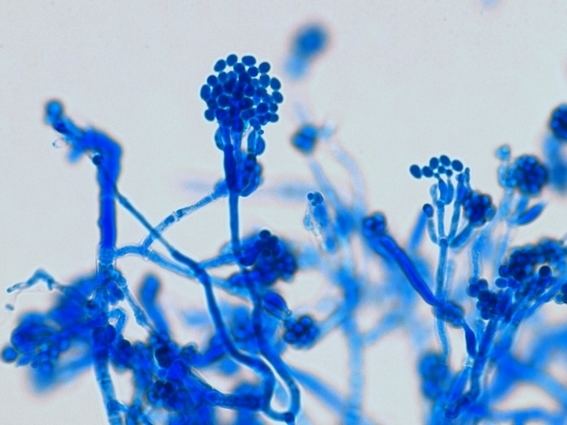
Features
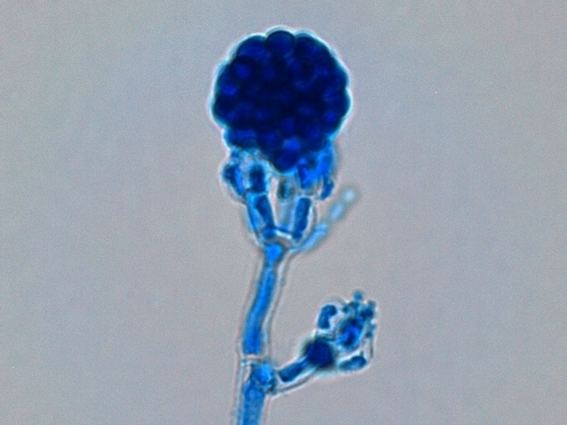
Species of Gliocladium are considered to have pathogenic potential although they are not commonly thought of as a disease causing agent in humans and animals. Gliotoxin is a metabolite of the species Gliocladium deliquescens. The significance of gliotoxin has not yet been determined.

Gliocladium species occur worldwide in soil and decaying organic matter. Some species of Gliocladium are parasitic on other fungi. Gliocladium is found world-wide. Gliocladium is classified as a RG-1 organism; it is assessed to have low to no individual or community risk. Also, this microorganism is unlikely to cause human or animal disease. This status has been assessed by the American Biological Safety Association based upon criteria of the Classification of Infective Microorganisms by Risk Group.
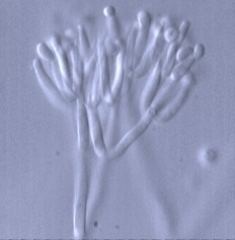
Most species of Gliocladium grow rapidly in culture producing spreading colonies with a cotton-like texture, covering a Petri dish in 1 week. The colonies are initially white and cream-like; but may become reddish or green as they age and sporulate.
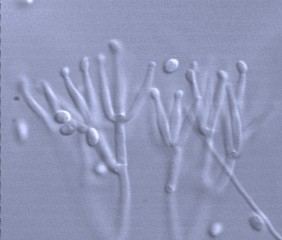
Microscopically, Gliocladium species produces hyphae, conidiophores, and conidia borne from hyaline phialides. The conidiophores are erect, dense, and have a brush-like structure which produce tapering, slimy phialides. Gliocladium can produce conidiophores that are branching and vertically oriented, similar to the genera Verticillium, Trichoderma and Penicillium. Conidia are single-celled and cylindrical, accumulating in slime droplets at the tips of phialides that often become confluent across the apex of the entire conidiophore. This characteristic is in contrast to the dry conidia borne in persistent chains that characterize members of the genus Penicillium
